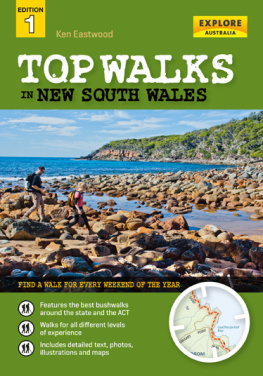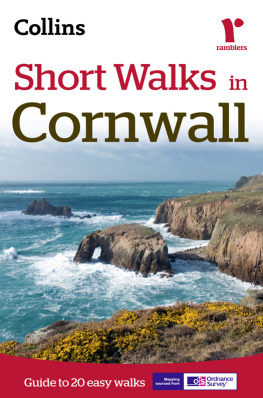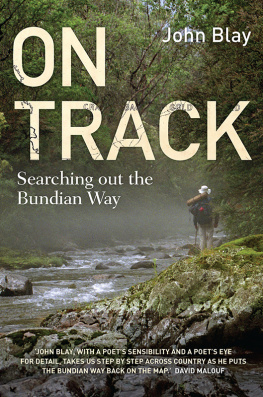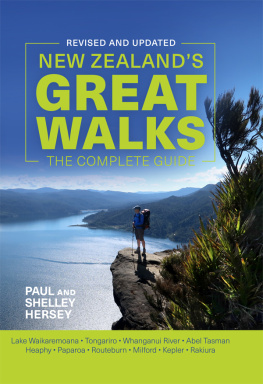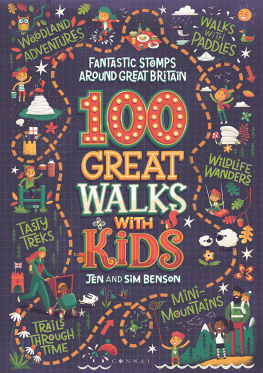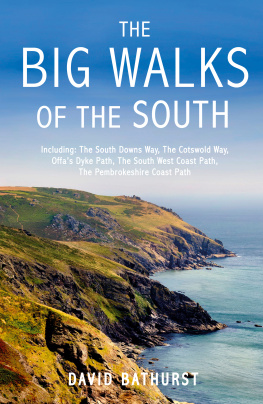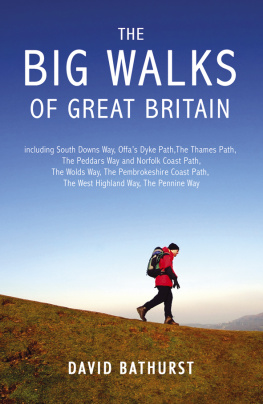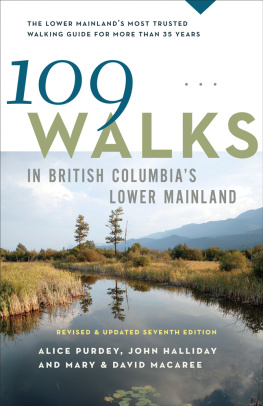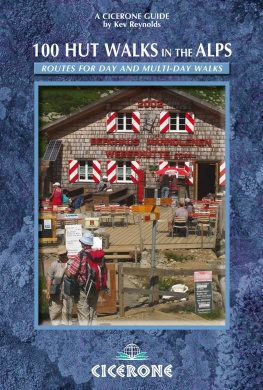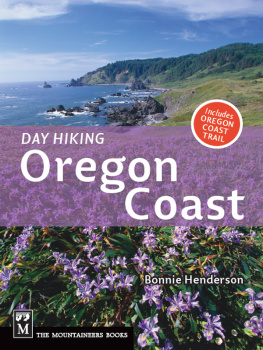CONTENTS
Walking is one of the best activities you can do to remain healthy. Where better to do it but in natures lungs, away from the madness of modernity and the pressures and stresses of suburban existence? Suitable for nearly all ages, walking is such a simple activity that requires no real extra skills, and thankfully it is still free.
For some reason, NSWs reputation as Australias top bushwalking destination has slipped off its once mighty summit. The deep green wilds of Tasmania and Victoria seem to have blinded many to the treasures and wonders of Australias most populous state.
But along NSWs sparkling 2007 km coastline, and within its rumpled inland folds and the moody mountains of the ACT, an extraordinary range of diverse bushwalks invite people to walk, marvel at and discover the beauty of this land. You can climb high onto bizarre volcanic peaks in the north of the state, or plunge into dark rainforested canyons; you can hike past sapphire-coloured tarns and colourful alpine meadows to the highest peaks on the continent, explore empty beaches on remote stretches of coast, or peer off the sheer sandstone edge of the Blue Mountains escarpment.
Let us never forget that the term bushwalking originated in this state in the early 20th century, when walking clubs began to seriously explore places including the Blue Mountains, Royal National Park and the Warrumbungles.
There is now an abundance of World Heritagelisted sites in NSW, and some of these provide superb bushwalking: the convict sites of the Old Great North Road, the ancient Antarctic beech forests and subalpine plateau in Barrington Tops National Park, the glorious vistas of the Blue Mountains, and the island with everything, Lord Howe. But there are other lesser known cultural and natural treasures: extensive Aboriginal art in Gundabooka National Park and the Mt Grenfell Historic Site, huge dunes on Stockton Beach, a mountain thats been burning for 6000 years, and a nature reserve with an exquisite wildflower display that is only open for six weeks a year. While Dorrigo National Park, Ku-ring-gai Chase National Park and Minnamurra Rainforest are well established as beautiful green corridors, other national parks pack surprising knock-out punches, such as Ben Boyd National Parks jewelled coastline and Mount Kaputar National Parks spectacular volcanic landscape, which reaches superlative subalpine heights. Through the great classroom of the bush, we discover the complex web of life around us, intricate layers of geological history, and the footsteps of those who have gone before.
While everyone has their favourite bushwalks, the routes in this book have been chosen precisely because they are inviting, interesting and fun. Although there are some serious challenges that will test even hardened walkers, there are no merciless, off-track bashes through uninteresting scrub, and many of the routes described are suitable for families and mixed-age groups. The emphasis is on walks that will take a few hours to one day, with a few multiday adventures to aspire to.
There are plenty of reasons for loving a particular bushwalk. It may have abundant and interesting wildlife or plant life; it may have views that literally take your breath away. It may draw you to observe the smallest things: glow worms and dragonflies, fungi in forests, or porcelain shells on beaches. It may pose a tough challenge to test your stamina, self-reliance and resolve; or it may just take you to a lovely place of solace, where the journey and the special friends you walk with are more important than the destination.
Whatever your reason for bushwalking, you will find NSW has a track that beckons you to step out and explore.
Tread lightly, breathe deeply and enjoy.
Ill see you on the track.
Ken Eastwood
This book is dedicated to the many Aboriginal people who have walked this land for eons and who know far more of its secrets than I could ever hope to fathom.
A huge thank you to: the special family and friends who accompanied me on many outdoor adventures; the NSW National Parks and Wildlife Service, Australian Capital Tourism and Destination NSW for their assistance; and the Creator for designing such an awesome outdoor playground.
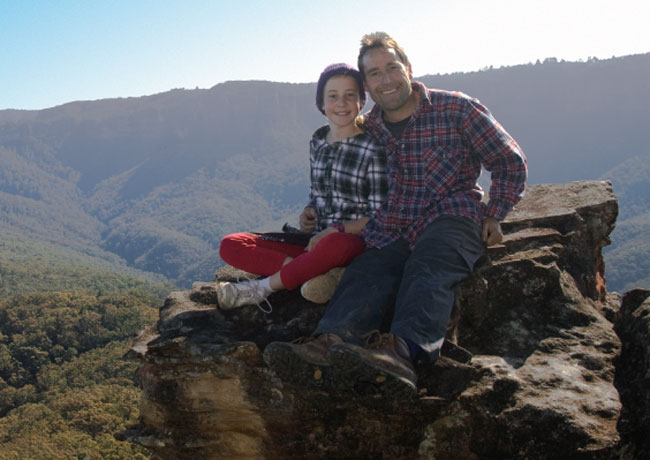
Despite outdoor stores trying to sell you all manner of gizmos and gadgets, bushwalking requires very little in the way of gear, particularly if you stick to short or moderate-length walks. Expensive walking poles may help some people with knee problems, but generally a good-old stick will do the same job.
Our societys obsession in recent decades with hydrating has meant that some people wont even go on a half-hour stroll without a water bottle or hydration pouch. But that isnt essential, and its surprisingly freeing and relaxing to go for a walk in the bush with absolutely nothing: no camera, phone, food or water, just you and nature. However, be warned, on any steep walk, or a walk of more than an hour or so, you should definitely take water, particularly in summer or in humid conditions. It is also worth leaving extra water in the car for your return.
If you are in a group, you may be able to share gear on longer walks.
Here are my recommendations:
Short, easy walk of an hour or so
Nothing
Moderate length walk of a few hours
Daypack with about 1 L of water
High-energy snack, such as muesli bar, banana, nuts or chocolate
Swimmers and towel (optional)
Raincoat and/or extra layer
Camera
Half day, tougher walk
Daypack with 1.5 L of water
High-energy snacks
Lunch
Swimmers and towel (optional)
Raincoat and/or extra layer
Basic medical kit bandages, bandaids
Compass, map and/or GPS
Camera
Full day, more remote walk
Daypack with at least 2 L of water
High-energy snacks
Lunch
Swimmers and towel (optional)
Raincoat and/or extra two layers; spare thermals, beanie and gloves if in cold weather
Full medical kit and penknife
Heat blanket (these light-weight foil blankets cost just a few dollars and fold up very small, but could help save a life if you are caught out after dark)
Matches
Small torch
Compass, map and/or GPS
Aquatabs or similar one tablet can purify 1 L of water, which could be life-saving if caught out Camera
* Tell someone where you are going and when you expect to be back, and what they should do if you dont return by a particular time.
Very remote long walk
All the above
Consider any special requirements, such as a rope (e.g. on The Castle) or snowshoes Consider taking a personal emergency beacon (can be rented quite cheaply from some national park offices) or satellite phone
Footwear
One of NSWs most famous bushwalking families, the Butlers, are renowned for barefoot bushwalking, and devotees swear by either this or the more recent innovation, the thinsoled barefoot shoe with pockets for individual toes. Not surprisingly, this is unlikely to suit everyone.
The most important thing with footwear is that whatever you choose is comfortable for walking long distances, and that you have walked in them before. Blisters are all too commonly found on those who try out new shoes on a long walk. Even well-fitting shoes or boots can still create blisters over long distances.
For most people, covered shoes should protect your feet from sticks, stones and the risk of rolling an ankle. Hard-soled boots take some getting used to, but protect your feet very well over long distances. Many walkers love wearing hard-soled, thick hiking boots for rough rocky trails, snake country and in wet environments. However, on smooth rock surfaces they seem to turn into roller-skates, and so are not recommended for rock-hopping adventures. Simple sneakers, or trail-runners, are the best for many surfaces.

